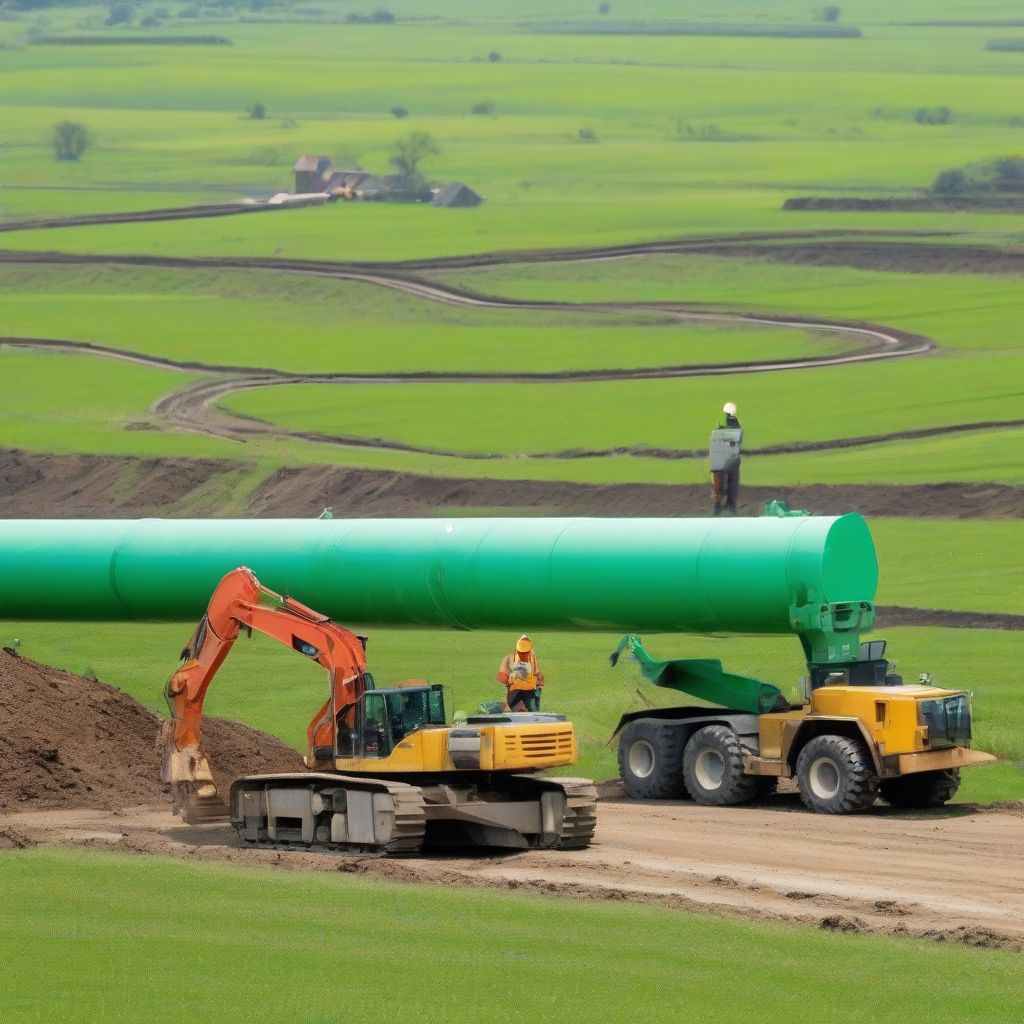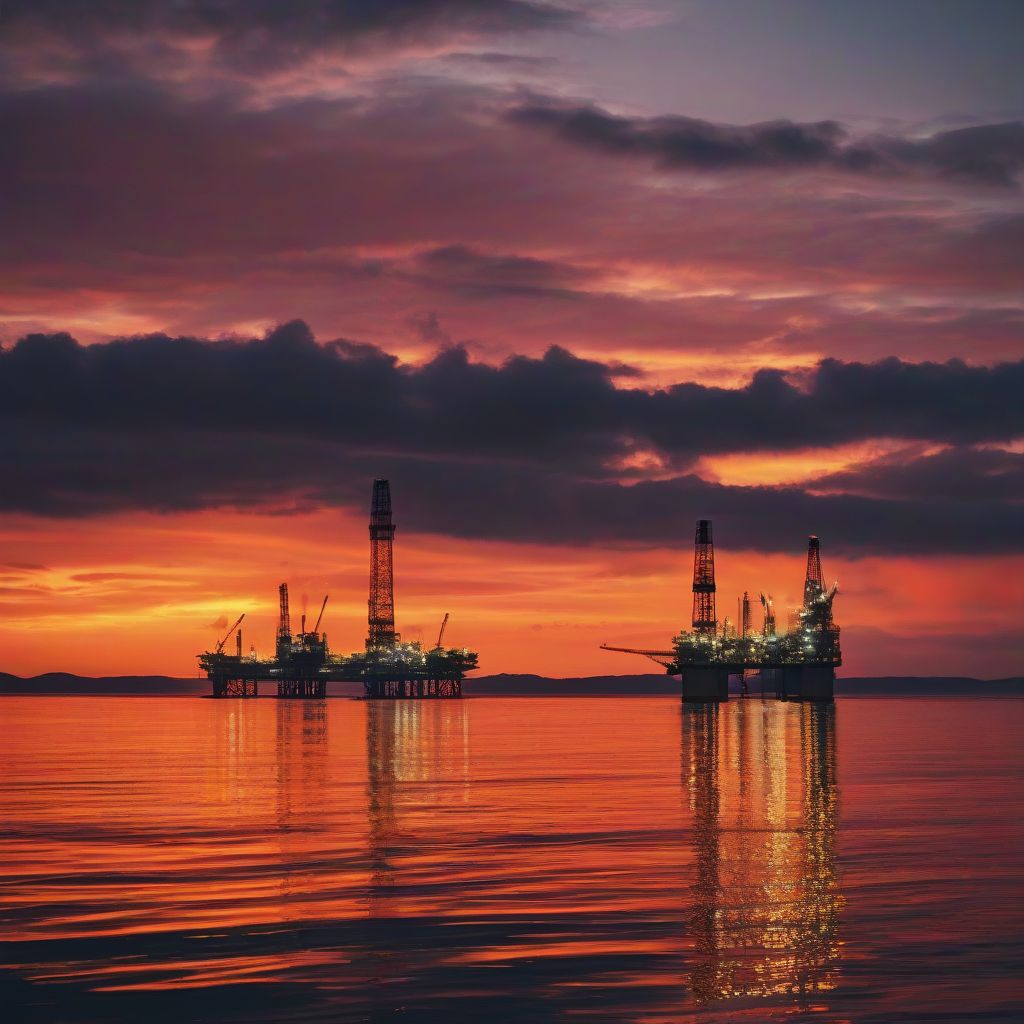Understanding Mid State Industrial: Your Guide to Energy, Gas, and Industry
The industrial landscape is vast and complex, with interconnected sectors driving economic growth and innovation. At the heart of this intricate network lies the energy sector, providing the power that fuels industrial processes. “Mid State Industrial” is a term often used to describe businesses operating within this vital intersection of energy, gas, and various industries. This article will delve into the significance of “Mid State Industrial,” explore its key components, and shed light on its impact on the industrial world.
What is “Mid State Industrial” and Why Does it Matter?
“Mid State Industrial” isn’t a standardized term with a single, universally accepted definition. Instead, it’s a descriptive phrase encompassing businesses that bridge the gap between energy production, gas distribution, and industrial consumption. These companies are the critical link ensuring industries have the resources they need to operate and thrive.
Think of it this way: a manufacturing plant needs natural gas to power its machinery and electricity to keep the lights on. A “Mid State Industrial” company might be involved in:
- Extracting natural gas: This could involve drilling, fracking, and processing natural gas resources.
- Transporting natural gas: Pipelines and other infrastructure are essential for moving natural gas from production sites to end-users.
- Providing energy solutions: This might include supplying natural gas, electricity, or renewable energy options tailored to industrial needs.
Why is this important? Because the reliable and efficient delivery of energy and gas is fundamental to the success of countless industries. Disruptions or inefficiencies in this supply chain can have ripple effects throughout the economy.
Delving Deeper: Key Aspects of “Mid State Industrial”
To grasp the full scope of “Mid State Industrial,” let’s explore some frequently asked questions:
1. What industries are most reliant on “Mid State Industrial” companies?
The answer is: a wide range! Manufacturing, agriculture, transportation, construction, and even technology sectors depend on the resources provided by “Mid State Industrial” players. For example:
- Manufacturing: Steel mills require immense amounts of energy for smelting and production processes.
- Agriculture: Natural gas is used in fertilizer production, and greenhouses need reliable energy for climate control.
- Transportation: Refineries rely on energy to process crude oil into gasoline and other fuels.
2. How do environmental concerns impact “Mid State Industrial” operations?
This is a critical question. As the world shifts towards more sustainable practices, “Mid State Industrial” companies face pressure to reduce their environmental footprint. This includes:
- Investing in renewable energy sources: Solar, wind, and other renewable energy options are becoming increasingly important.
- Improving energy efficiency: Optimizing processes and reducing waste are key to sustainability.
- Exploring carbon capture and storage technologies: These technologies aim to capture and store carbon dioxide emissions, mitigating their impact on climate change.
3. What innovations are shaping the future of “Mid State Industrial”?
The “Mid State Industrial” landscape is dynamic, with ongoing advancements driving change:
- Smart grids: Intelligent grids use digital technology to optimize energy distribution and consumption, improving efficiency and reliability.
- Data analytics: Analyzing vast amounts of data allows companies to make more informed decisions about energy production, distribution, and consumption.
- Automation and robotics: Automating tasks can enhance safety and efficiency in industries like oil and gas extraction.
“Mid State Industrial”: A Vital Link in the Chain
Understanding “Mid State Industrial” means recognizing the critical link it provides between energy, gas, and the industries that power our world. It’s a sector constantly evolving to meet the demands of a changing world, balancing economic growth with environmental responsibility. As technology advances and sustainability becomes increasingly important, the role of “Mid State Industrial” will continue to evolve, shaping the future of industry as we know it.



Leave a Comment